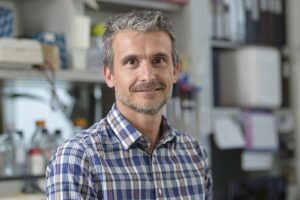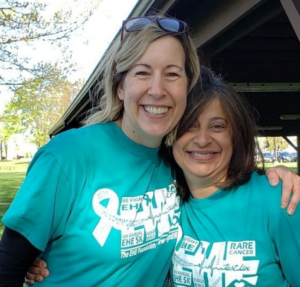TISSUE DONATION IS CRITICAL TO FIND TREATMENTS! Click here to learn more.
Month: October 2022
The EHE community, which includes cancer patients and their families from around the world, benefits from the world-class innovative research that takes place at Memorial Sloan-Kettering Cancer Center (MSKCC) in New York City (US). In 2019, MSKCC received a $1 million private donation to establish an International Center of Expertise in EHE and since that […]
Read MoreIn June, the EHE Foundation provided two Fellowship Travel Grants supporting young investigators’ participation in a workshop entitled “YAP/TAZ and TEAD: At the Crossroads of Cancer.” The workshop is hosted annually by the Telluride Science Research Center (TSRC) and this year was co-led by notable EHE researchers and advocates – John Lamar, PhD, Albany Medical […]
Read MoreI am writing today to share an organizational change to The EHE Foundation. After four years as a part-time contractor, Medha Deoras-Sutliff has ended her engagement with the foundation to pursue other opportunities. Medha will continue to provide her services to the foundation until the end of November to ensure a smooth transition. Medha came […]
Read More


